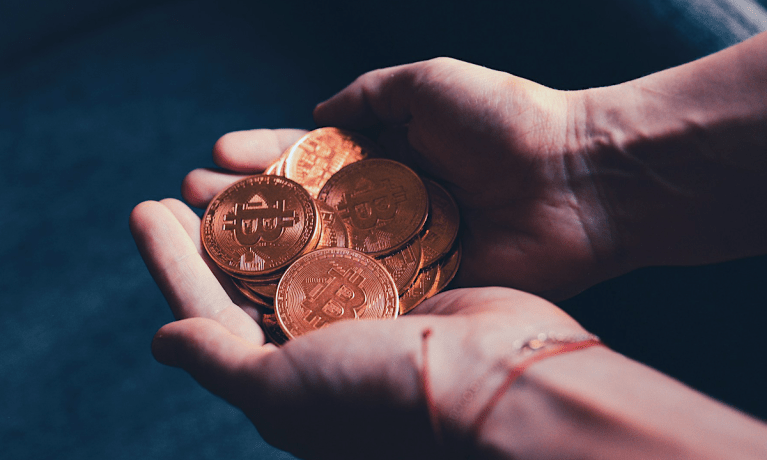
In 2010, a Florida man bought two pizzas with 10,000 bitcoin. That singular incident served to confirm the promise of cryptocurrencies as a store of value, as well as position them as a potential payment mechanism.
Today, those 10,00 bitcoin would be worth upward of half a billion dollars, highlighting the success of digital assets as a speculative store of value. In fact, a Tuesday (Aug. 28) report revealed that the population of crypto millionaires in the world soared 95% over the past year, while the population of bitcoin-specific millionaires grew 111% from 2023 to 2024.
The advent of bitcoin ETFs has played a crucial role in this wealth creation. These exchange-traded funds have made it easier for traditional investors to gain exposure to bitcoin without the need to directly purchase and store the digital asset. This has attracted a broader audience, from retail investors to institutional players, further driving up demand and, consequently, the price of bitcoin.
But against this backdrop of crypto’s growing financial influence and its investors’ affluence, it also highlights a lingering question: Can, or will, crypto deliver on its promise as a viable payment mechanism, especially when other digital payment innovations are rapidly evolving to meet the demands of future commerce?
Read more: Can Stablecoins Spark Crypto Adoption Across Retail and B2B Markets?
Despite the explosive growth in crypto wealth, the adoption of cryptocurrencies as a mainstream payment mechanism remains limited.
While bitcoin and other digital assets have made strides in being accepted by a growing number of merchants, significant hurdles remain in proving their utility and scalability — not the least of which is the same volatility that has created the rising cohort of over 170,000 crypto millionaires.
The inherent volatility of cryptocurrencies also makes cryptocurrencies less appealing as a stable medium of exchange. For businesses, accepting payment in a highly volatile asset introduces risk to their balance sheets, as the value of the payment can fluctuate dramatically between the time a transaction is made and when it is settled.
Regulatory uncertainty also continues to cast a shadow over the adoption of crypto as a payment method. Governments and financial regulators around the world are still grappling with how to classify and regulate cryptocurrencies. This uncertainty makes businesses hesitant to embrace crypto payments, fearing potential legal and compliance risks.
Scalability is another significant challenge. While blockchain technology offers a decentralized and secure way to conduct transactions, it currently struggles to handle the volume of transactions required for mainstream payment systems.
Network congestion, slow transaction times and high fees are common issues that need to be addressed before cryptocurrencies can compete with traditional payment systems on a global scale.
And, crucially, while the crypto sector works to overcome these hurdles, other digital payment innovations like digital wallets and embedded finance are rapidly capturing the market, particularly in terms of convenience, speed and user experience. These innovations are shaping the future of commerce and setting high standards that cryptocurrencies must now meet if they are to play a meaningful role in the payments ecosystem.
Read more: Halftime Report: 18 Payments Executives Share The Issues That Will Define The Rest of 2024
Research in “The Embedded Finance Ecosystem: Logistics and Wholesale Trade Edition,” a PYMNTS Intelligence and Carat from Fiserv collaboration, found that a majority of marketplaces (57%) are “highly interested” in further innovating their existing digital wallet offerings.
To compete with existing and emerging digital payment solutions, cryptocurrencies must offer a level of convenience that rivals or surpasses that of advances like digital wallets, embedded finance and real-time payments. This means not only improving the user experience but also expanding the acceptance network to include more merchants and service providers.
But crypto does have its own set of advantages that it can parlay into broader payments success.
“It’s important to know that crypto is not just bitcoin and Doge and NFTs,” Solana Foundation Head of Payments Sheraz Shere told PYMNTS in May. “… Blockchains are really alternative rails for payments and financial assets.”
And PYMNTS Intelligence finds that blockchain technology, the fundamental technology underpinning cryptocurrencies and digital assets, could have tremendous potential for use in regulated industries, such as finance and healthcare.